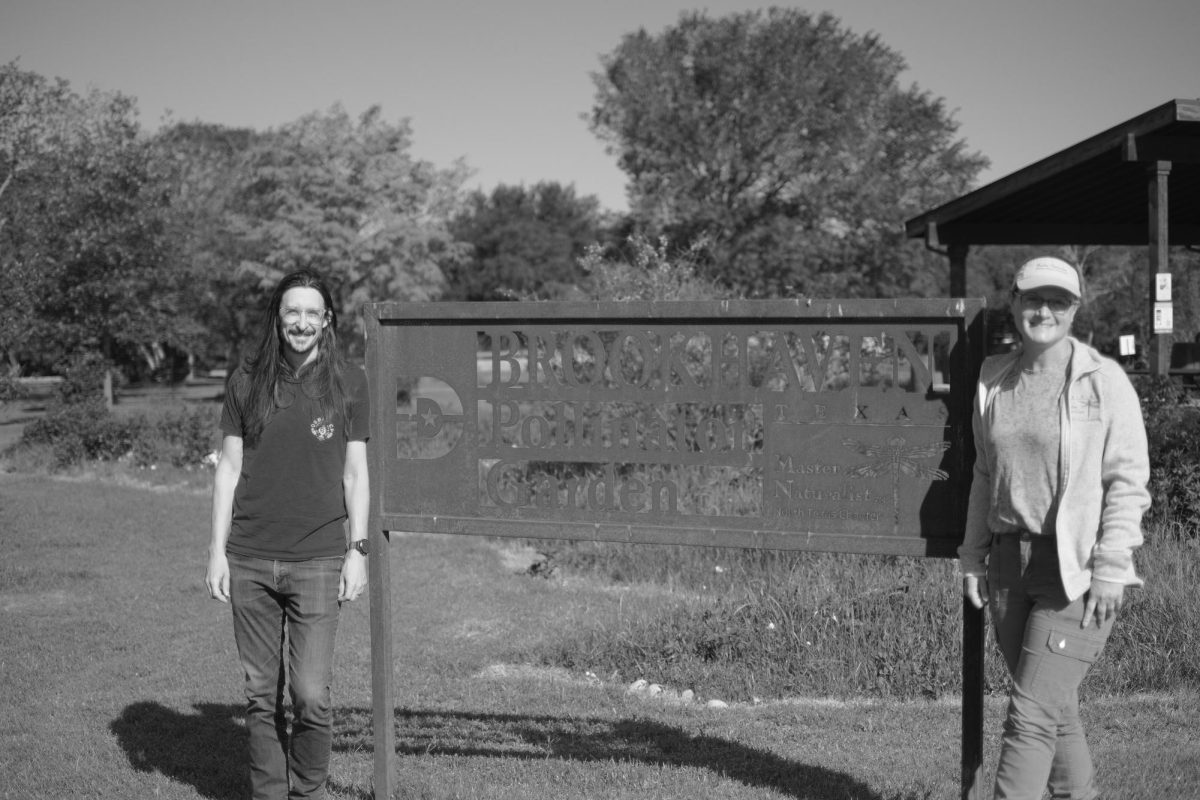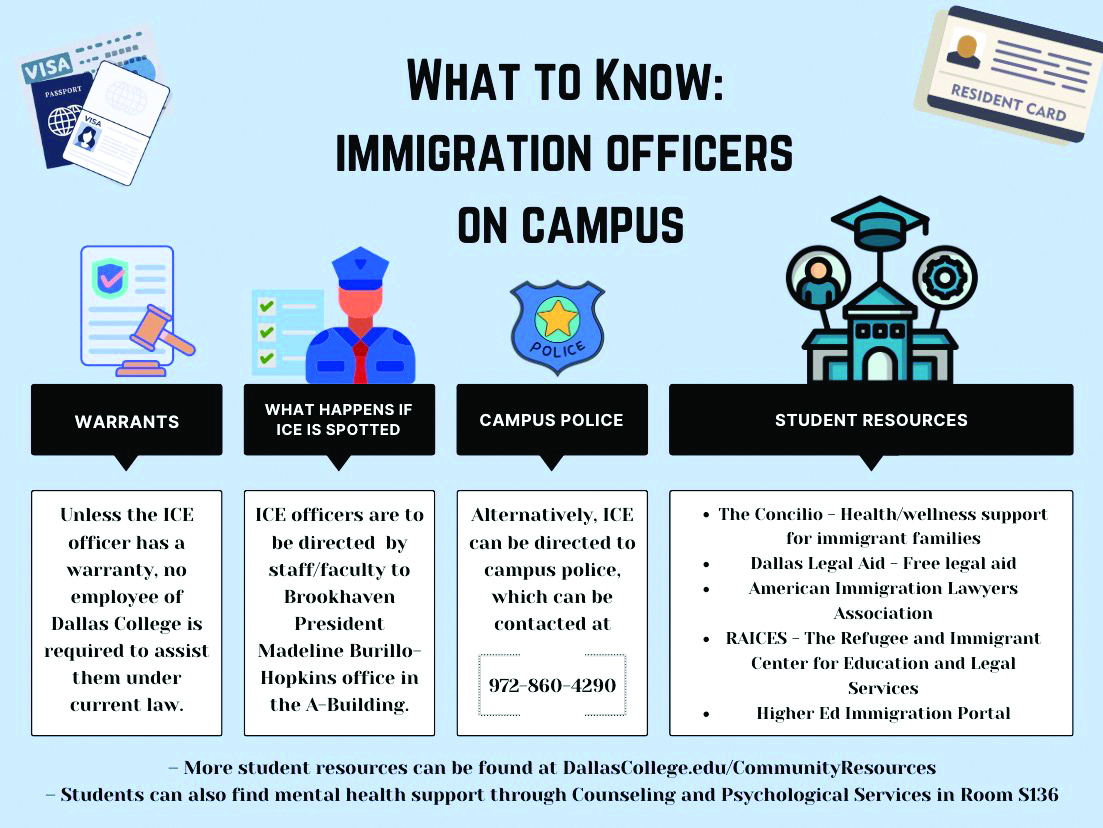By Jubenal Aguilar
Senior Staff Writer

Brookhaven College reports mixed news as overall Dallas County Community College District student enrollment and contact hours, the number of hours in which students are enrolled, continue to drop.
Five DCCCD schools faced a decline in headcount, or number of students enrolled. A report issued by Brookhaven’s department of planning, research and institutional effectiveness shows a district-wide decrease in enrollment of 1.3 percent. The 79,779 students enrolled this semester maintain DCCCD as one of the largest community college districts in the state.
Brookhaven reported a total of 11,927 enrolled students in Spring 2015, as of press date, compared to 11,664 in Spring 2014. The positive difference of 225 students translates to a 1.9 percent increase in student population.
Cedar Valley College, the only other school in the disrict with a positive change in student population, reported a 5.7 percent increase from last year. All other campuses registered declines in headcount. El Centro had the most noticeable change with a decrease of 443 students in the same time period – a difference of 5.7 percent in overall headcount.
Contact hours fell across the district by a total of 3 percent. Every college reported fewer hours at the start of this semester compared to the certification date of Spring 2014, according to the report.
Contact hours for Brookhaven fell by 3 percent, a difference of 48,192 hours, on the first day of this semester compared to the same day last year. El Centro College showed the greatest decrease with 6.6 percent.
The increase in headcount and decrease in contact hours may represent a trend among Brookhaven students – there are more students enrolled at the college, but they are registered for fewer credit hours. This may be because more students are working while attending college. Another factor to consider is that students may simultaneously be enrolled at multiple colleges within DCCCD and at other local universities.
Both headcount and contact hours increased between the first day of class and the certification date, the 12th day of class, in past terms, including Spring 2014. Michael Dennehy, associate vice president of planning, research and institutional effectiveness, said the increase is due to schedule changes. “It’s not like registration is completely cut off,” Dennehy said. “A student could come in and do a schedule change if they had to.”
Dennehy said the increase is not constant from one term to the next. It depends on the changes registered students make to their schedules after a semester has begun. “Sometimes we increase and sometimes we decrease,” he said.
Dennehy said the contact hours reported for the first day of the semester include courses that began Jan. 20. “This isn’t all the contact hours we earn because we have more courses that begin after this date,” he said. Contact hours for all flex courses that begin after the certification date are accounted for along with summer contact hours. “They’ll roll over. We don’t lose those hours, but they’re not counted [in this term],” Dennehy said.
A decrease in contact hours can also be attributed to changes in the credit hours assigned to a course. An average three-credit course generates 48 contact hours, or 16 hours per credit, Dennehy said. If the contact hours for a course decrease, that course will generate fewer hours for the school than it did before. Alternatively, it would take more students enrolled in that course to generate the same contact hours as before.
As of Jan. 29, Brookhaven is maintaining its position as the third largest DCCCD college. According to the report, Brookhaven students make up 15 percent of district enrollment and claim 14.3 percent of total contact hours. Brookhaven is surpassed only by Richland and Eastfield colleges, both in student population and contact hours












